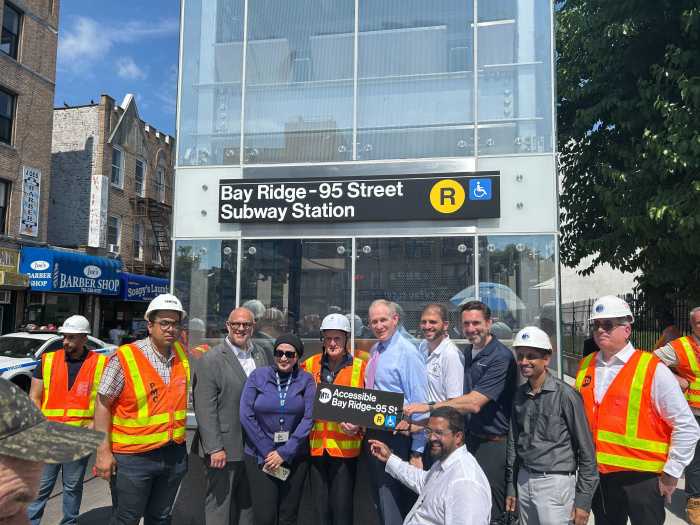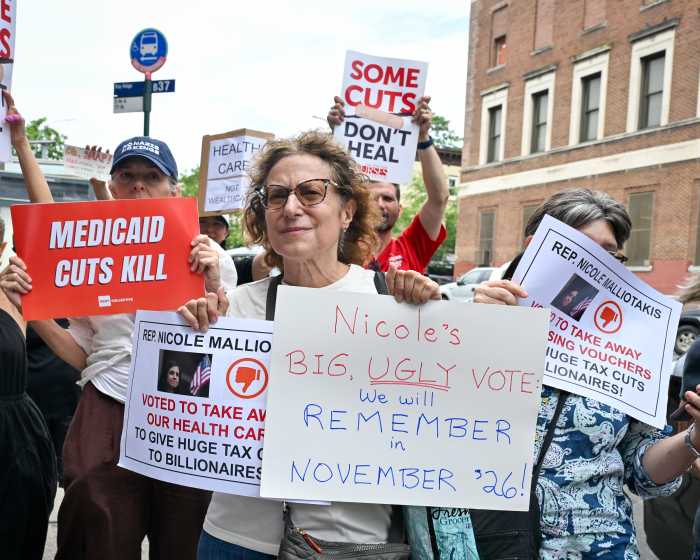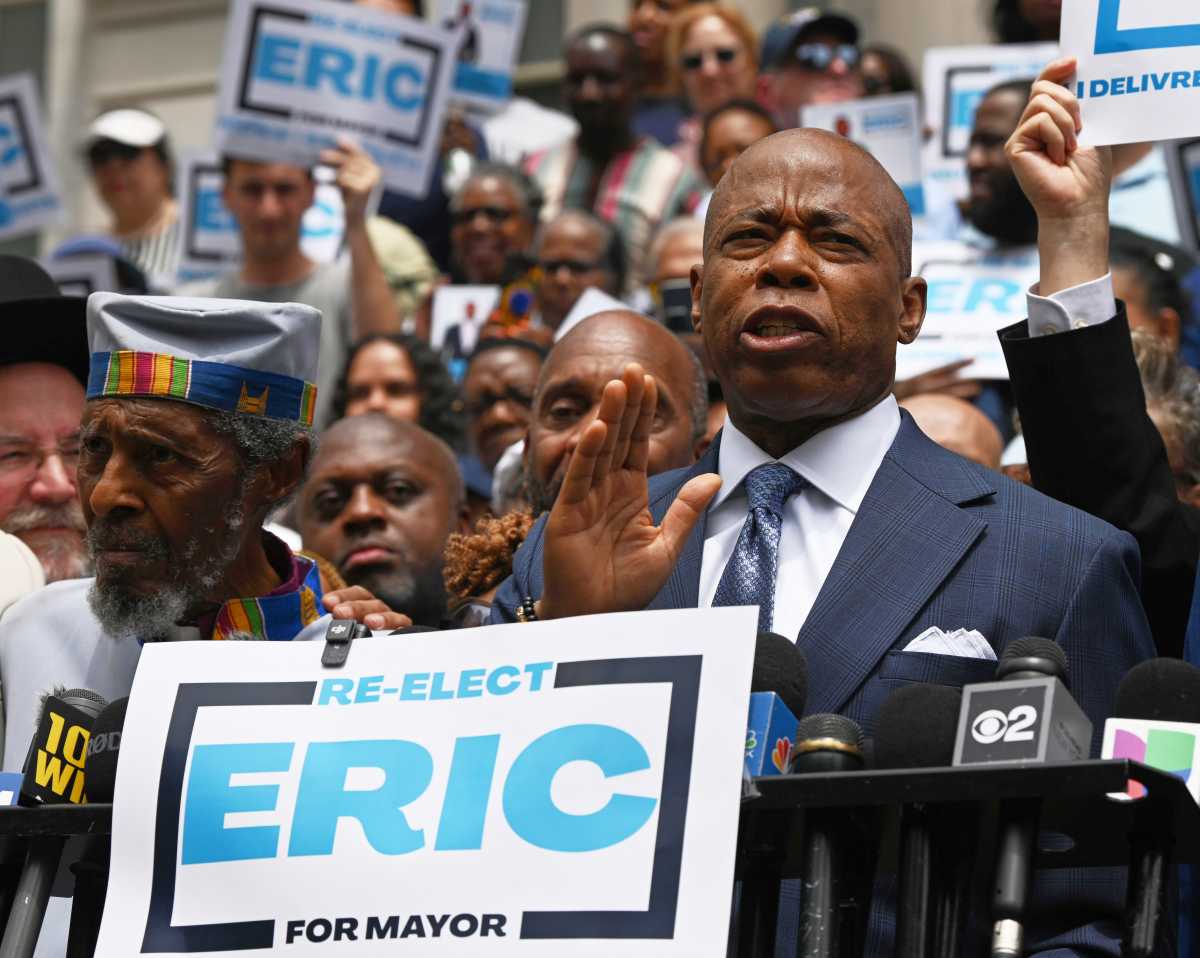A proposed concrete plant in Red Hook has already managed to cement opposition throughout the neighborhood, which is planning to take to the streets next week to show its dismay.
“We don’t need it,” said Lillian Marshall, president of the Red Hook West tenants’ association. “We have a lot of young children in our community with asthma, and they’re going to bring their dirty trucks in here?”
Marshall said the public housing development’s other tenant association, Red Hook East, is also flummoxed by the plant’s arrival, as is the community center Red Hook Initiative, along with Added Value, which operates a farm near the site, and the Red Hook Civic Association.
“We don’t want to hear it,” Marshall said.“It’s too massive, too filthy.”
A afternoon rally on Sept. 12 will be held outside the plant, which is being built at 640 Columbia Street.The plant will be operated by Eastern Concrete Materials, a subsidiary of Texas-based US Concrete, a publicly traded firm which has lost 63.6 percent of its stock value since September 2008.
John McGettrick, the group’s co-chair, said he recently made a jaunt to Bogota, NJ, to visit an Eastern Concrete site along the Hackensack River.
“As I walked around, I saw cement dust at numerous locations on the perimeter of the plant,” McGettrick said. He managed to collect several pounds of the dust, a galling preview of what he fears will soon blanket areas adjacent to Red Hook.
McGettrick said the Bogota site, which is located near a park, compares only somewhat to the two-acre property in Red Hook, which stands near neighborhood ballfields, the farm and an IKEA superstore;the New Jersey site is much larger and has more buffers that Brooklyn’s location will offer, he noted. “People are concerned,” McGettrick said.
Michael Gentoso, regional vice president with US Concrete, said the company hopes to meet with local residents to ease their concerns. A small afternoon meeting was convened on Aug. 6, and another meeting is now being scheduled, he said. “We intend to hopefully answer their questions and come to some sort of consensus that the plant will be a good fit for the neighborhood and with the community.”
The company has received no community complaints regarding the operations of its Bogota plant, Gentoso said. As for any dust gathered near the facility, he said, “I’d have to see exactly what they did and how they collected it to comment on it.” He said the Brooklyn plant would closely control dust, adhering to rigid safety requirements.
According to a fact sheet distributed by the company, the plant will operate a 24-hour business, adjusted by customer and traffic patterns in Brooklyn and Manhattan. An estimated 15-25 concrete trucks a day are expected to travel along routes on Columbia and Bay Streets.
The company’s Red Hook plant, which is allowed under the current city zoning, is nearly complete and will be in operation in a few weeks, Gentoso said.
“We are trying to be as open and honest as possible,” he added.






















